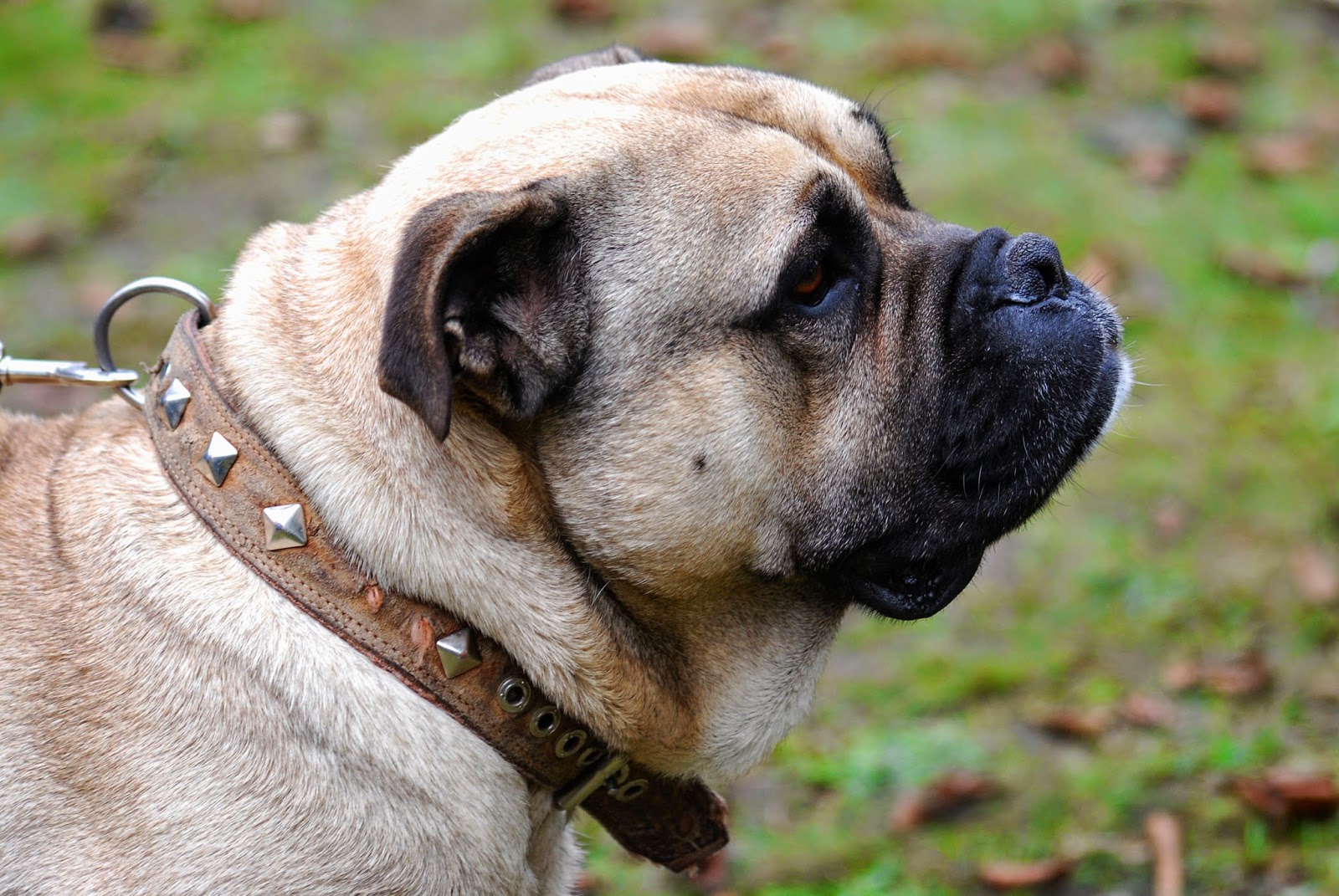The Great Curassow is a large, pheasant-like bird from the Neotropics.The male is black with a curly crest, a white belly, and a yellow knob on its bill.There are three morphs of female Great Curassows: barred morph females with barred neck, mantle, wings and tail;rufous morph with an overall reddish brown plumage and a barred tail and dark morph female with a blackish neck,mantle and tail (the tail often faintly vermiculated), and some barring to the wings. In most regions only one or two morphs occur,and females showing a level of intermediacy between these morphs are known(e.g. resembling rufous morph, but with black neck and faint vermiculations to wings). This species has a similar voice to several other curassows, its call consisting of a "peculiar" lingering whistle.
This bird is 78–100 cm (31–39 in) in length and 3.1–4.8 kg (6.8–10.6 lb) in weight,and it is very large cracid.Females are somewhat smaller than males. It is the most massive and heavy species in the family but its length is matched by a few other cracids.Four other species of curassow (the Northern Helmeted, the Southern Helmeted, the Black and the Crested) are all around the same average length as the Great Curassow. In this species, standard measurements are as follows: the wing chord is 36 to 42.4 cm (14.2 to 16.7 in),the tail is 29 to 38 cm (11 to 15 in) and the tarsus is 9.4 to 12 cm (3.7 to 4.7 in). They have the largest mean standard measurements in the family, but for tail length.This bird spends much of its time on the ground, but nests and roosts in trees and species is gregarious, occurring in groupings of up to a dozen birds, though occasionally birds can be seen alone. Its diet consists mainly of fruits, figs and arthropods. Small vertebrates may supplement the diet on occasion, including small mammals (such as rodents) and small fledging birds.The male Great Curassow may build the nest and attract a female's attention to it, though in other cases both members of a pair will build the nest structure. Two eggs are typically laid in a relatively small nest (usually made largely of leaves), each egg measuring 9.1 cm × 6.7 cm (3.6 in × 2.6 in) and weighing 200 g (7.1 oz). The young curassow weighs 123 g (4.3 oz) upon hatching; 2,760 g (6.08 lb) as a half-year-old immature fledgling; and by a year of age, when fully fledged and independent of parental care, will be about three-quarters of their adult weight at 3,600 g (7.9 lb).When attacking humans, the curassows leap in fluttering flight and scratch about the head, targeting the eyes. Their lifespan in captivity has reached at least 24 years.for cute birds....


























